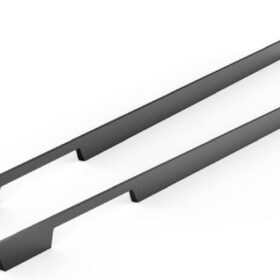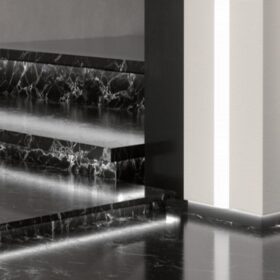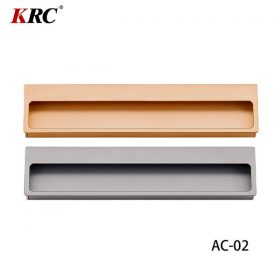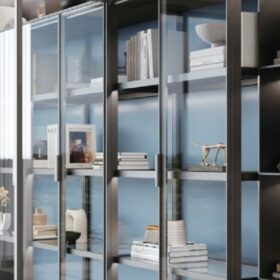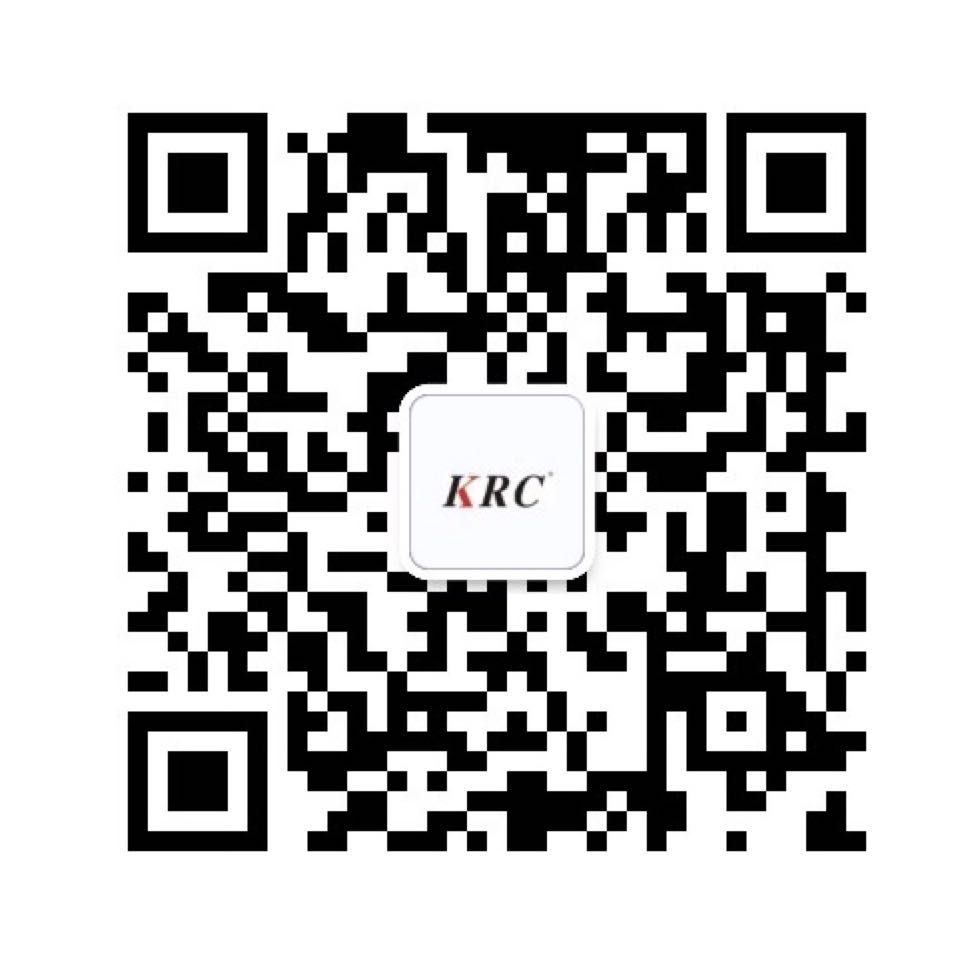Choosing the Right Aluminium Edge Profile for Your Project
Choosing the Right Aluminum Edge Profile for Your Project: A Journey Through Versatility and Style
In the realm of architectural design, aluminum edge profiles emerge as unassuming but indispensable elements that subtly elevate the aesthetics and functionality of any project. These profiles, crafted from the robust alloy of aluminum, serve as the finishing touch to a myriad of surfaces, transforming them from ordinary to extraordinary.
Selecting the ideal aluminum edge profile is a meticulous endeavor that requires careful consideration of its intended purpose and the desired outcome. Here’s a comprehensive guide to help you navigate the vast landscape of edge profiles:
Material Composition
The purity of aluminum used in edge profiles directly impacts its strength, durability, and corrosion resistance. Look for high-quality profiles with a minimum purity of 80% or more.
Shape and Dimensions
Edge profiles come in a wide range of shapes and dimensions to suit various applications. Common shapes include:
– Flat: Clean lines and a sleek profile for a minimalist look.
– Square: Defines edges with a sharp, geometric aesthetic.
– Rounded: Softens edges, creating a more inviting and contemporary appearance.
– Beveled: Subtle angle adds depth and visual interest to surfaces.
The dimensions of the profile, including its height, width, and thickness, should align with the size and shape of the surface you intend to finish.
Texture
Smooth or textured profiles offer different tactile experiences and visual effects. Smooth profiles reflect light, creating a polished look, while textured profiles add grip and prevent slipping.
Color and Finish
Aluminum edge profiles are available in a spectrum of colors and finishes, from classic anodized finishes to powder coatings. Match the color to the surrounding decor or create a contrasting accent that draws the eye.
Application Considerations
Consider the specific application of the edge profile. For countertops, choose profiles that are resistant to wear and tear. For wall cladding, opt for profiles that enhance the visual appeal and provide structural support.
Installation and Compatibility
Ensure the edge profile is compatible with your chosen surface and installation method. Some profiles require mechanical fixing, while others utilize adhesive. Choose a profile that complements your project’s design and technical requirements.
Seeking Professional Guidance
For complex or demanding projects, consulting with an experienced architect or design professional is highly recommended. They can provide specialized insights and assist in selecting the most suitable aluminum edge profile for your specific needs.
By meticulously choosing the right aluminum edge profile, you can transform ordinary surfaces into captivating focal points that enhance the aesthetics, functionality, and overall appeal of your project. Embrace the versatility and style that these profiles offer and elevate your design to new heights of sophistication and elegance.
-
2024-09-14Exploring the Different Types of Modern Closet Door Pulls and Their Applications
-
2024-09-14How Cabinet Door Pull Handles Support High-Traffic Areas
-
2024-09-06Cost-Benefit Analysis of Investing in High-Quality Long Wardrobe Door Handles
-
2024-09-04How Flat Cabinet Handles Enhance Modern Interior Design
-
2024-11-29Top Trends in Modern Kitchen Cabinet Pulls for 2024
-
2024-11-28The Ultimate Guide to Modern Kitchen Cabinet Pulls- Materials, Styles, and Tips
-
2024-11-27Elevate Your Kitchen Design with These Must-Have Modern Cabinet Pulls
-
2024-11-26Sleek and Stylish- The Best Modern Kitchen Cabinet Pulls for a Contemporary Look

